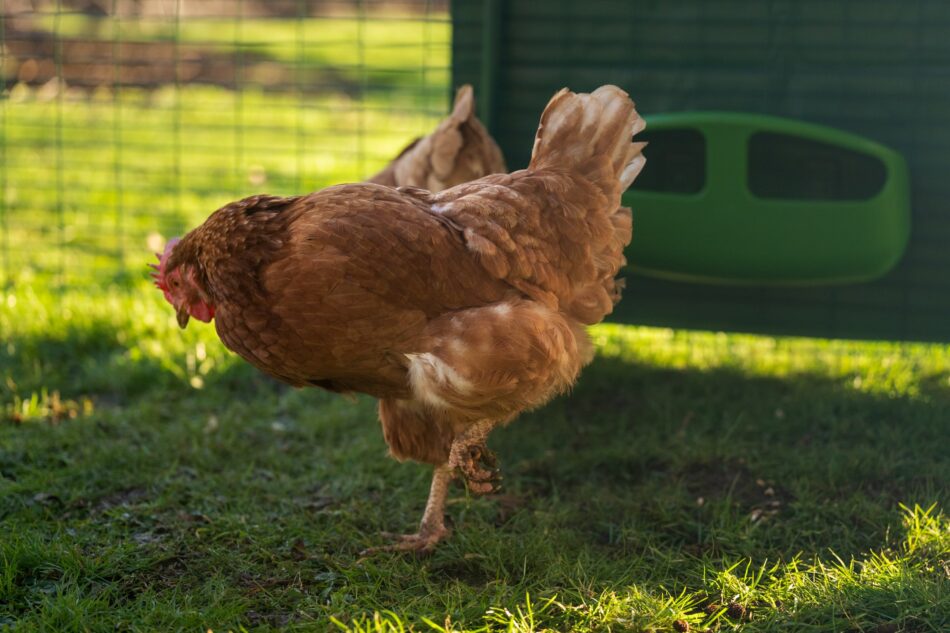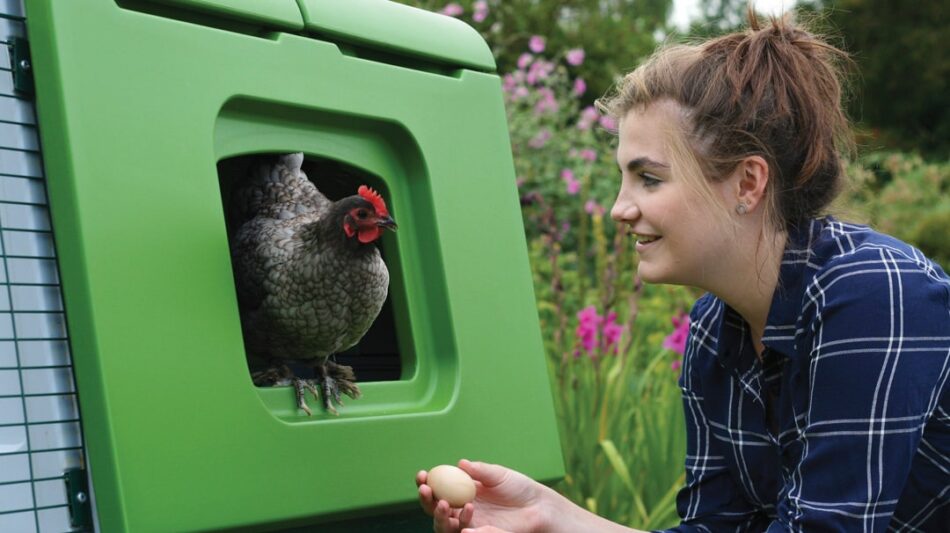How to find and buy chickens at the moment
Wondering how to find and buy chickens at the moment? In the past, finding chickens has been easier in the spring — but recent years have seen a shift in this trend. Find out where to find chickens right now, and what to expect when it comes time to bring them home.
Finding chickens online
A quick Google search can give you a list of chicken hatcheries either in your area or across the country. Chicken hatcheries specialize in chicks, but sometimes also sell older pullets or adult hens. If you’re looking for a specific breed, a chicken hatchery will likely be your best bet. And, most hatcheries will keep hatching and selling chicks all year long, so you won’t have to time your purchases with the seasons.
You can also find poultry farm pages and chicken breeder groups on Facebook. Or, if adopting hens in need is more in line with your chicken-keeping goals, then searching for a chicken rescue group online will help you locate an organization to work with.
Finding chickens in person
Your local farm supply or feed store will likely keep chicks in stock from March through September. This may vary depending on your climate — but as a general rule “chick season” is early spring through late fall. If you’re searching for adult hens, you have a couple of different options.
Individuals or chicken breeders are a good resource to find hens anytime during the year. You’ll probably need to seek them out online, but if you locate someone close to you, you’ll be able to go pick up your hens.
Breeders and expositioners are in full swing during the fall for local fairs or poultry club shows. Check with your local 4H club, high school FFA program, or your city or county exposition center for show dates. You can almost always find quality, purebred chickens for sale at these shows.
You can also check with your local animal shelter to see if they have any chickens available for adoption. Hens will periodically be surrendered or confiscated from previous owners, and are easily stressed in a shelter setting. Animal shelters will usually have low adoption fees for chickens in order to get them rehomed in a less stressful environment quickly.
Hatch eggs at home
You can incubate and hatch eggs any time of the year. Incubators are relatively inexpensive and easy to use, but we do suggest purchasing a trustworthy incubator with the following features:
- Automatic egg turner (otherwise you’ll need to rotate the eggs several times every day)
- Internal thermometer and hygrometer (to measure humidity levels)
- Hatching level plate (to give hatchlings enough room to stand after they hatch)
Fertile eggs are necessary for hatching. If your flock doesn’t have a rooster, hatching eggs can be found through hatcheries, breeders, or individuals.
If you don’t want to buy an incubator, you can wait for a hen to go broody — meaning they decide to sit and hatch a clutch of eggs. But, broody hens upset the natural laying schedule of the entire flock, as they will try to hoard all of the eggs under themselves in order to hatch them. It’s best not to encourage broodiness in hens unless you have a large laying flock, as well as a rooster to provide fertilized eggs. Otherwise, you will spend a lot of time “breaking” a broody hen.
Watching eggs hatch is a fun experience — especially for children. Chicken eggs hatch in 21 days under the right conditions, whether in a brooder or under a hen. Once hatched, your chicks will need to spend 12 weeks in a brooder pen.
Bringing your chickens home
Bringing home new chickens is exciting, and you’ll want to make sure you have the right setup to welcome them home. When you choose flock and keeper-friendly products from the start, caring for your chickens won’t feel like a chore — just an enjoyable experience.
Omlet’s Eglu Cube chicken coop is the perfect size for growing flocks. It can comfortably house up to 10 small breed hens, and the attached run can be extended for extra pecking space. And, when combined with our Walk In Chicken Run, your new additions will have plenty of room to forage, play, perch, and enjoy your company.
Whether you choose to let your chickens free range, or keep them in the run — adding an automatic chicken coop door gives your flock an extra layer of security between them and the things that go bump in the night. Install the Autodoor on the wire of our Walk In Run to make sure everyone is secure for the night, or on the Eglu Cube to tuck your hens in overnight. Or, place an Autodoor on both the Walk In Run and the Eglu Cube for a truly formidable flock fortress.
Omlet and your chickens
We’ve designed everything you need to keep a flock — no matter what stage of the journey you’re in. From young pullets to adult hens, your flock will be protected and comfortable in their Eglu Cube, Walk In Chicken Run, and Autodoor from the time they take their first flaps in their forever home.
This entry was posted in Chickens

